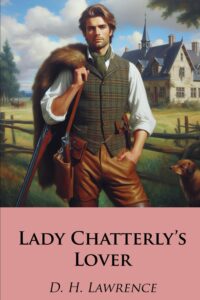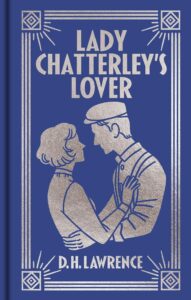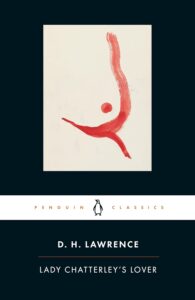When D.H. Lawrence published Lady Chatterley’s Lover in 1928, it immediately became one of the most controversial novels of the 20th century. The book was banned in multiple countries, including the United States and the United Kingdom, because of its explicit sexual content and use of words that were considered obscene at the time. More than just its frank depictions of intimacy, the novel shocked authorities because it dared to explore a passionate relationship between an upper-class woman and a working-class man. The themes of class crossing and sexual freedom challenged conservative values and were seen as a threat to the moral order.
For decades, the book was censored, with expurgated editions removing key passages. It wasn’t until 1960 that an unabridged version was published openly in the UK, sparking a famous obscenity trial. The publisher, Penguin Books, was taken to court under the Obscene Publications Act, and the case became a landmark in the history of free expression. When Penguin won, it opened the door for greater artistic freedom in literature and marked a turning point in the fight against censorship.
D.H. Lawrence, born in 1885, was already a controversial figure before this book. Known for novels such as Sons and Lovers and Women in Love, he often wrote about relationships, sexuality, and the tension between social conventions and personal desire. His work was both admired for its intensity and condemned for its defiance of traditional morality. With Lady Chatterley’s Lover, he went further than ever in pushing boundaries, which cost him dearly during his lifetime but secured his reputation as a writer unafraid of taboo subjects.
The story follows Lady Constance Chatterley, trapped in a loveless marriage with her husband Clifford, who is paralyzed from the waist down. Lonely and yearning for real intimacy, she begins a passionate affair with Oliver Mellors, the gamekeeper on their estate. Their relationship is not only physical but also emotional, a rebellion against the rigid class system and the coldness of modern industrial society. Lawrence used their story to explore themes of love, connection, nature, and the possibility of finding freedom through passion.
Today, Lady Chatterley’s Lover still matters because it represents the battle between censorship and creative freedom. What was once seen as scandalous is now recognized as a groundbreaking exploration of human relationships and desire. Its history reminds us how literature can both reflect and challenge the values of its time, forcing society to reconsider its boundaries and its taboos.








